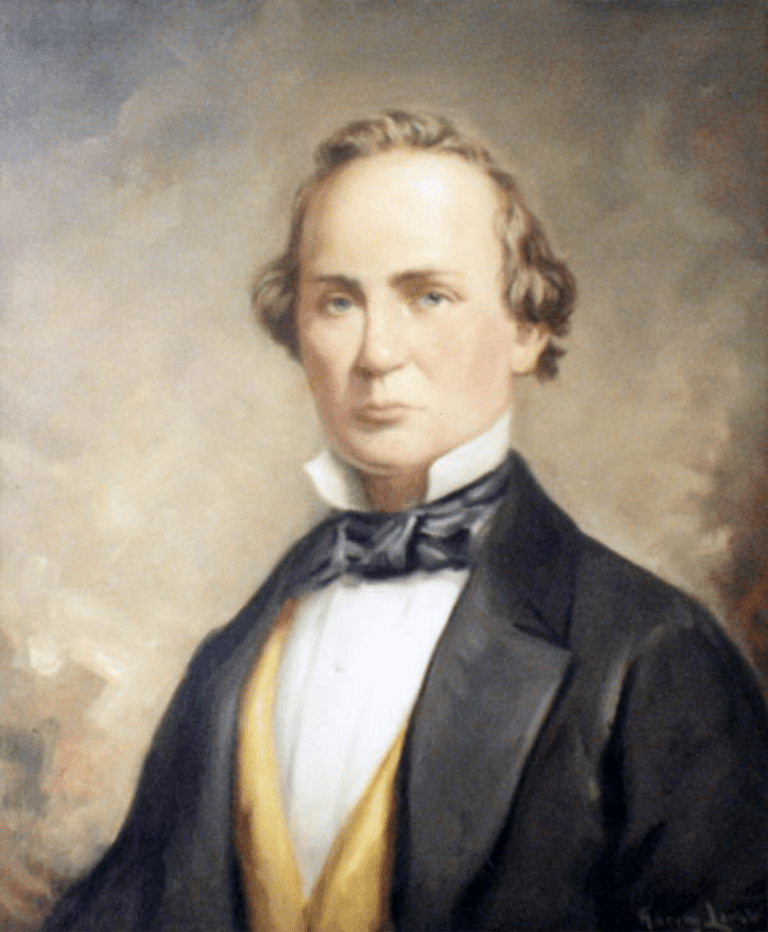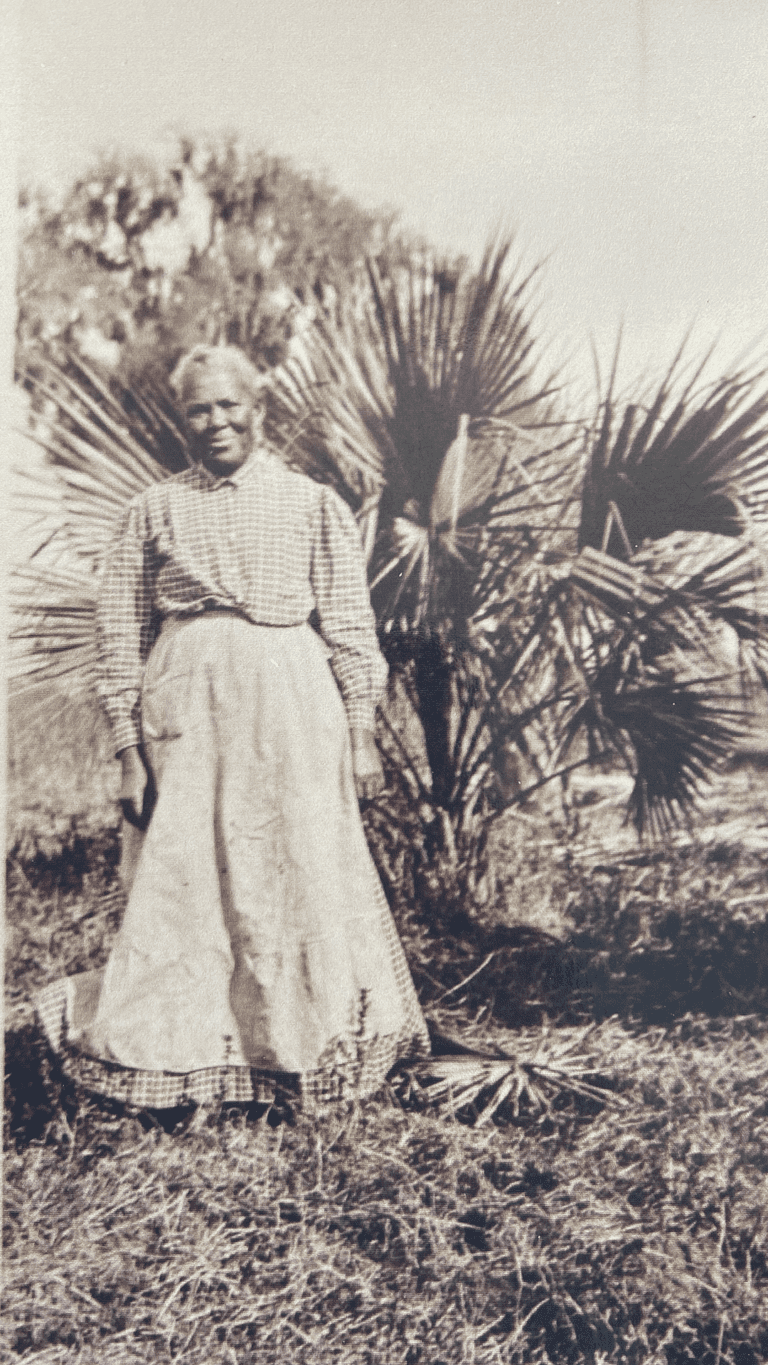You are using an outdated browser. Please upgrade your browser to improve your experience.
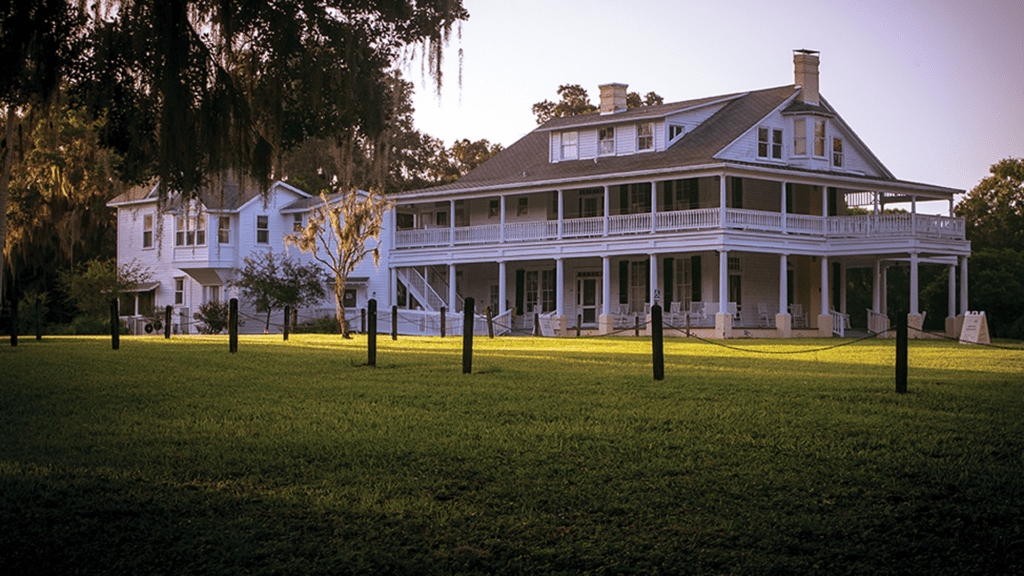
Brooksville's frontier outpost and progressive-era gathering spot.
Located atop one of the highest points in Florida, Chinsegut Hill is home to a historic house in a 114-acre preserve. From prehistoric people to pioneer settlers, from an agrarian plantation before the Civil War to the emancipation of enslaved people, Chinsegut Hill has witnessed thousands of years of Florida’s history. During the 1920s and 1930s, new homeowners hosted progressive-era luminaries Thomas Edison, Helen Keller, Marjorie Kinnan Rawlings, and others before eventually donating the property to the government.
Explore the diverse stories of Florida’s past in one unique location: Chinsegut Hill Historic Site.
Tours every weekend
The Chinsegut Hill Historic Site is open Saturday and Sunday 10 a.m. – 5 p.m. Guided house tours are available, with the last tour beginning at 4 p.m. Please purchase tickets ($5) in advance. History Center members and children ages 6 and under are free.
History of Chinsegut Hill
1842: The Armed Occupation Act offers homesteaders Florida land.
1840s-1852: Bird Pearson acquires a Florida homestead and moves his family to Hernando County. The family brings with them more than 20 enslaved individuals. Bird practices law and establishes a plantation.
1852-1866: The Ederington family acquires the property from Pearson in 1852. Like Bird Pearson, Ederington is a lawyer and slave owner who establishes a plantation. While living in Hernando County, he acquires more land, is involved in the timber business, and builds a new home on the hill. That home was the first version of the current house.
1866-1904: Charlotte Ederington Snow and Joseph Russell Snow acquire the property. Joseph was a farmer and state politician. He served on the local county commission and as a state-level lawmaker in Tallahassee. The family grew crops on their land, but freezes in the 1890s devastated their citrus trees.
1904-1932: In 1904, the Robins family repaired the house, and named it Chinsegut Hill. The Robins family was actively involved in progressive political causes. They advocated for greater rights for women, the working class and the impoverished. They entertained famous Americans at the home, including Thomas Edison, J.C. Penney and Helen Keller.
1932-1954: Raymond and Margaret deeded over 2,000 acres of their Hernando County property to the U.S. federal government for $1 during the Great Depression. The agreement, however, stipulated that the Robins family could live there until their deaths. The U.S. Department of Agriculture and Civilian Conservation Corps established a camp at Chinsegut and conducted agricultural research and conservation projects.
1954-1958: The U.S. Department of Agriculture deeded the manor house and the 114 acres around it to the University of Florida.
1958-2008: The house and 114-acre property was leased to the University of South Florida for $1 per year.
2008-2019: The Friends of Chinsegut Hill group operated the property.
2019-present: The Tampa Bay History Center opens the historic home for weekend tours in partnership with Hernando County.
Latest videos from the Hill
Florida Conversations: Chinsegut Hill
April 21, 2021
Aerial Views of the 114-Acre Preserve
May 19, 2015
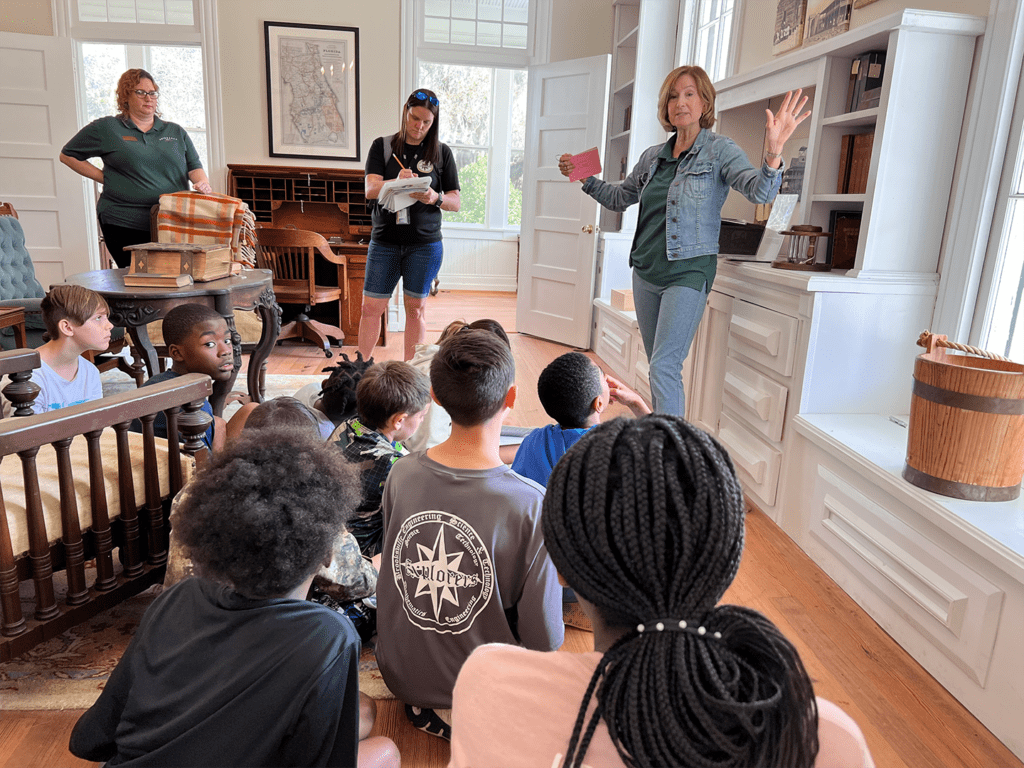
Field trips and group tours
Discover Chinsegut Hill’s incredible past through the fascinating personal stories of those that called it home. This Brooksville estate is on the National Historic Registry and will make Florida history come to life with docent-led tours that connect historical events to Next Generation Sunshine State Standards. Schedule your group tour or field trip.
Chinsegut Hill Historic Site partners
